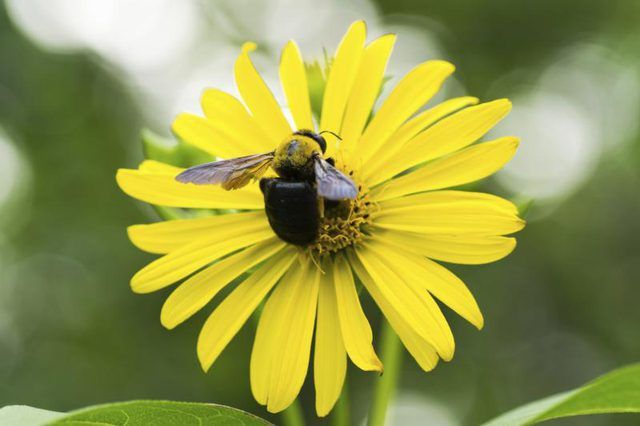Bulbs
Flower Basics
Flower Beds & Specialty Gardens
Flower Garden
Garden Furniture
Garden Gnomes
Garden Seeds
Garden Sheds
Garden Statues
Garden Tools & Supplies
Gardening Basics
Green & Organic
Groundcovers & Vines
Growing Annuals
Growing Basil
Growing Beans
Growing Berries
Growing Blueberries
Growing Cactus
Growing Corn
Growing Cotton
Growing Edibles
Growing Flowers
Growing Garlic
Growing Grapes
Growing Grass
Growing Herbs
Growing Jasmine
Growing Mint
Growing Mushrooms
Orchids
Growing Peanuts
Growing Perennials
Growing Plants
Growing Rosemary
Growing Roses
Growing Strawberries
Growing Sunflowers
Growing Thyme
Growing Tomatoes
Growing Tulips
Growing Vegetables
Herb Basics
Herb Garden
Indoor Growing
Landscaping Basics
Landscaping Patios
Landscaping Plants
Landscaping Shrubs
Landscaping Trees
Landscaping Walks & Pathways
Lawn Basics
Lawn Maintenance
Lawn Mowers
Lawn Ornaments
Lawn Planting
Lawn Tools
Outdoor Growing
Overall Landscape Planning
Pests, Weeds & Problems
Plant Basics
Rock Garden
Rose Garden
Shrubs
Soil
Specialty Gardens
Trees
Vegetable Garden
Yard Maintenance
Carpenter Bee Sting Reaction
Carpenter Bee Sting Reaction. Named for their tendency to bore nesting holes in wooden structures, carpenter bees inhabit areas throughout the United States. Like most kinds of bees, a carpenter bee rarely stings unless handled or its nest is threatened, but its sting can result in a painful local reaction. In rare cases, a more serious allergic...

Named for their tendency to bore nesting holes in wooden structures, carpenter bees inhabit areas throughout the United States. Like most kinds of bees, a carpenter bee rarely stings unless handled or its nest is threatened, but its sting can result in a painful local reaction. In rare cases, a more serious allergic reaction occurs. Carpenter bees are important pollinators and are common in gardens and other outdoor areas.
Carpenter Bee Identification
Carpenter bees have thick, partially hairy bodies that sometimes measure up to 1 inch long. Although carpenter bees and bumblebees are similar in appearance, you can tell the difference by looking at their rear section, or abdomen. Bumblebees have furry abdomens while carpenter bee abdomens are black, shiny and lack significant hair growth. Many carpenter bee species inhabit various parts of the United States. The majority of them, such as the most common species, Xylocopa virginica, display a combination of black and yellow coloration. The entire body of a western species, Xylocopa californica, is a shiny, bluish-black.
Behavior and Stinging
Carpenter bees lack the complex social structure of honeybees and other hive bees, instead nesting in pairs. The female carpenter bee bores a nesting hole and guards her young while the male patrols the area. Males are fiercely territorial, dive-bombing and attempting to drive away anyone and anything that approaches the nest, but they can make only empty threats because male carpenter bees lack stingers and are harmless. Only female carpenter bees are capable of stinging, and they usually do so only when handled or when their nest is directly attacked.
Typical Sting Reactions
The sting of a carpenter bee is similar to that of a bumblebee and delivers a venom containing melittin, which causes pain, swelling and redness in the area around the sting site. A sharp pain is typical for a few minutes after being stung, and a dull ache follows, according to University of California Integrated Pest Management, which adds the site can remain sensitive to touch for a few days. The site may itch, too.
Unlike a honeybee, a carpenter bee and a bumblebee have a smooth stinger that does not become detached in the victim's body. That feature makes each carpenter bee and bumblebee capable of multiple stings. Because carpenter bees are solitary insects and do not attack in swarms, being stung by more than one carpenter bee at once is rare.
Bee Sting Treatment and Allergic Reactions
Carpenter bee stings are not dangerous for most people. The Abrons Student Health Center at the University of North Carolina in Wilmington recommends resting and elevating the affected body part, and applying cold packs off and on to it for the first 24 hours after the sting, placing one or two layers of cloth between the sting site and the cold packs. Over-the-counter antihistamines and painkillers can be used to reduce swelling and pain, respectively.
Individuals with an allergy to bee and wasp stings may develop more serious symptoms, such as nausea or a whole-body rash, along with potentially life-threatening reactions, including shock and difficulty breathing. Seek medical treatment immediately if you develop any of those symptoms.